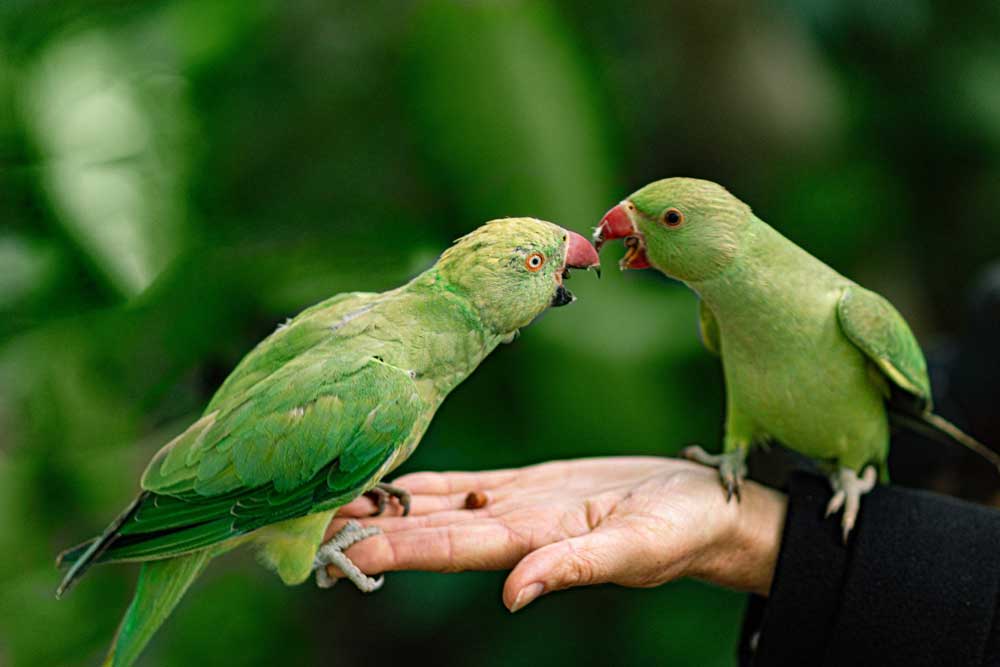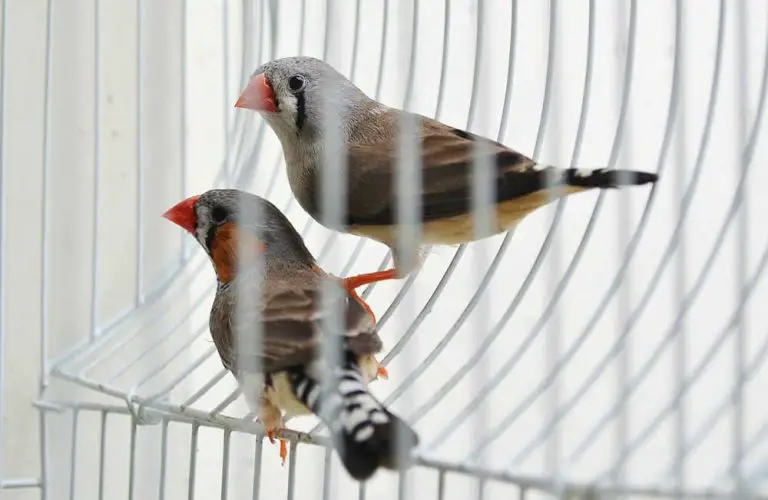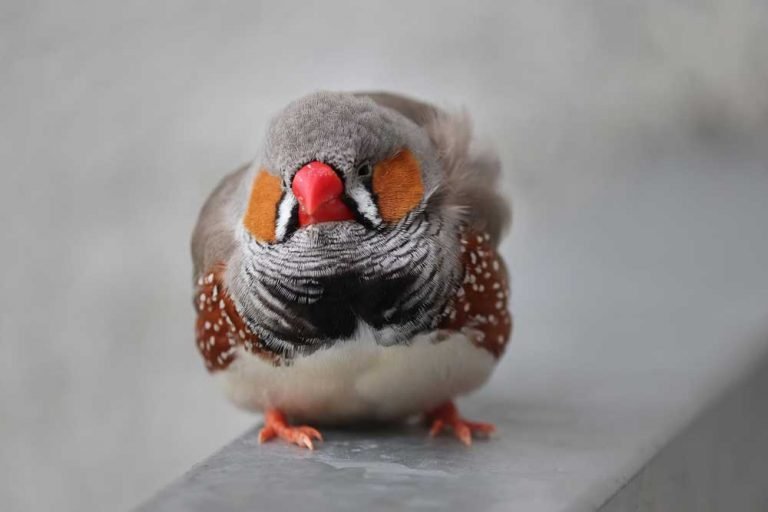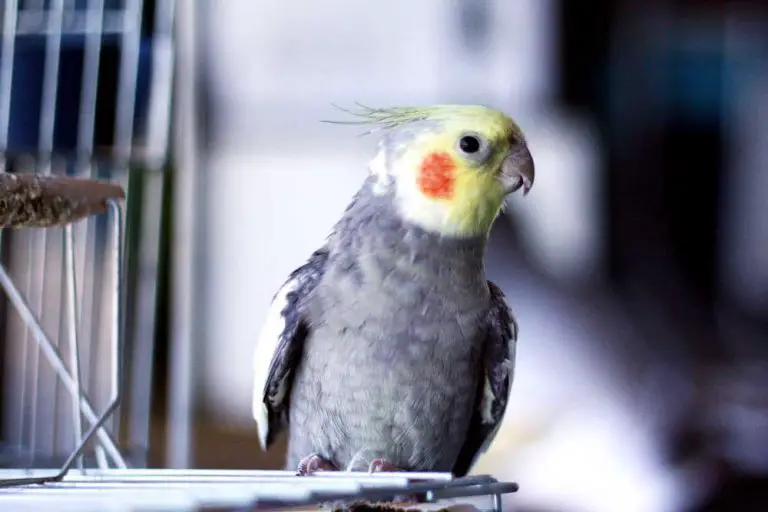How To Get Your Parrot To Trust You?
Parrots have large brains relative to their bodies and in comparison to other birds. This allows them to exhibit relatable and predictable behavior around humans.
But, owning one of these great pets can be frustrating if your parrot does not like you or your temperament. When this happens, it is most likely that your parrot does not trust you, or at least not yet.
Always remember that parrots are not domestic animals. They carry years of evolutionary instinct to avoid harm and ensure survival. Since your parrot is ready to learn, you should also learn how to build trust with your adorable parrot.
How to get your Parrot to trust you?
You can get your parrot to trust you by taking baby steps to establish a great bond with him. Increase the familiarity of the bird with you and your surroundings. Observe both accommodating and repulsive behaviors of your parrot. Also, provide the needed rewards to your parrot.
Understanding parrots’ behavior
Parrots’ behavior has been under study since they have become loving pets. The behaviors may differ depending on the species of parrots.
They all exhibit related types of behaviors that you should know. When you are building trust with your parrot, look out for the following:
Biting out of fear
Biting of parrots is a sign of fear or aggression. This is not the behavior of a trusting parrot. You are likely to experience this early in the relationship.
When a parrot wants to bite, it will crouch in position and open its beak. You should avoid any further interactions as parrots do not like to coerce.
Take this as the baby steps in building your trust and try again later.
Crest raising
The crest of most parrots lies close to the body when they relax. A raised crest is a good sign of excitement. This will mean that the parrot is happy to see you, or it is his mealtime.
Knee collapsing
When you take your parrot out to play, the bird will enjoy so much that he might not want to get back to its cage. A parrot indicates this by dropping on its knees as if the legs are weak.
This behavior indicates hesitance and reluctance to confine.
Bowing head
An early indicator of trust is the parrot bowing its head. But, the bowing is not complete until you scratch the back of its head.
Bowing indicates that the parrot is comfortable for gentle petting. In other words, it is a reward for your patience.
Steps needed to build trust with your parrot
Building trust with your parrot is an undertaking that you will experience as a parrot owner. Reward the journey of a trusting parrot and examine its benefits.
Now, let us assess some of the steps you need to build trust with your parrot.
Spending adequate time
The first step of building trust with your parrot is spending more time with him. All it takes is to do your activities around the parrot. If you like reading, read to the parrot.
Parrots are social birds and they live together in groups when they are in the wild. Thus, parrots need much attention if you want to build trust with them.
Be calm and friendly
A parrot is not programmed to like you. Thus, always be friendly and speak with him in a calm voice. Building trust takes time. Your parrot might get aggressive in the initial stages when you threaten him.
Know that this is a hardwired instinct and has nothing to do with you. Do not become frustrated, always take time, and come back with a different approach.
Bring your parrot out to play
A caged parrot will soon lose the need to leave its territory. Hence, you need to know when to let your parrot out for play.
An open space increases the bird’s comfort of the surrounding hence more trust. Yet, you should clip its wings using a professional veterinarian. This makes the bird easy to handle and reduces its range.
Attempt the hand perch
Although it looks easy in film, a hand perch is not always easy to come. When you have established close contact, get the parrot to start feeding off your hand.
Now bring your arm close to the bird and wait for at least thirty seconds. When the bird hops on the arm, lift it in a gentle way and stretch your hand. Make sure to reward this show of trust with a favorite treat for the parrot.
Keep your parrot motivated
Building your trust is one thing and keeping it is another. Always keep your parrot motivated to reinforce the trust. You can do this by knowing the best treats for the parrot and bringing them more often.
Also, find non-toxic toys for the bird as they like to chew and nibble. This will keep the parrot occupied and thus happier to see you every time.
Socialization is the key
Since a parrot is an affable animal, it craves for that close contact. A hostile bird will not fulfill its socialization needs.
Thus, building trust allows the parrot to socialize with you. It will also help him to mingle with other animals and the people around you.
Monitoring health parrot
You cannot tell the difference between a sick parrot and a gloomy one if there is no trust. Building trust allows you to spot changes in behavior or appearance. This is crucial for your parrot’s health.
Parrot training
It is the dream of every parrot owner to have a lovely bird in the house. Still, this training is inter-linked with faith. Trusting parrots are easy to train and they learn with greater ease.
Wrap Up
Parrots come from different species. Their behavior and temperament are different. All you need to do is understand the conduct of your parrot and react in an appropriate way.
This is not a handbook of parrot trust-building but a guide. You need to understand your parrot as an individual bird. This will help increase your chances of building trust with him.







